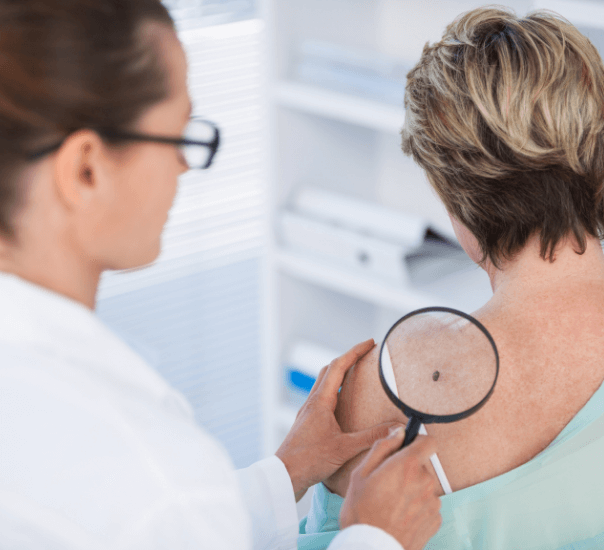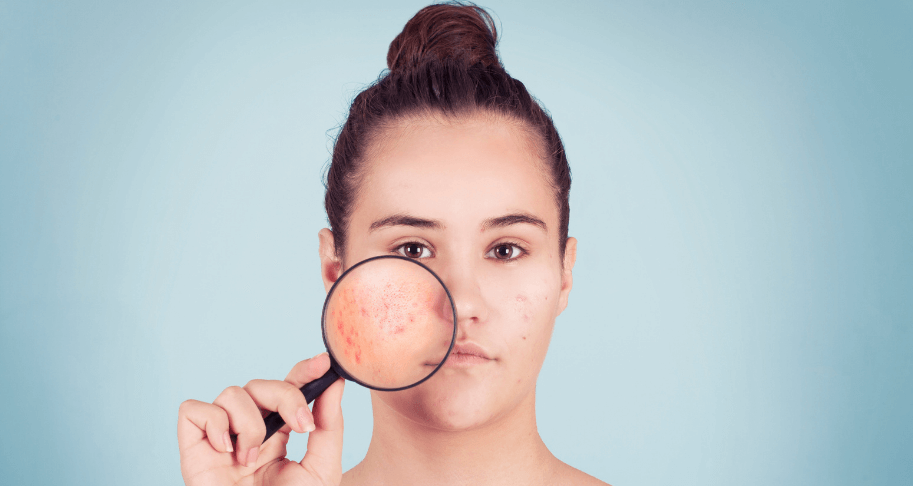
Despite the fact that Clinical Dermatology treats a large number of conditions, the most common are:
- Acne
- Rosacea
- Dermatitis
- Moles or skin lesions
- Psoriasis
- Eczema
- Herpes
- Melasma
- Fungal infections
At TruDerm, it’s our goal to help you make the most of the skin you’re in, no matter your age. Our Board-certified dermatologist, Dr. Andleeb Usmani, specializes in the diagnosis and treatment of a variety of skin conditions for adults and children such as: acne, rosacea, dermatitis and more.

Despite the fact that Clinical Dermatology treats a large number of conditions, the most common are:
Acne is a skin disorder that occurs when hair follicles become clogged with oil and dead skin cells. It causes whiteheads, blackheads, or pimples. Acne is most common among teenagers, although it affects people of all ages. The pimples and rashes heal slowly, and when one begins to disappear, others seem to appear.
Depending on its severity, acne can cause emotional distress and scar the skin. The earlier you start treatment with adult dermatology, the lower your risk of such problems.
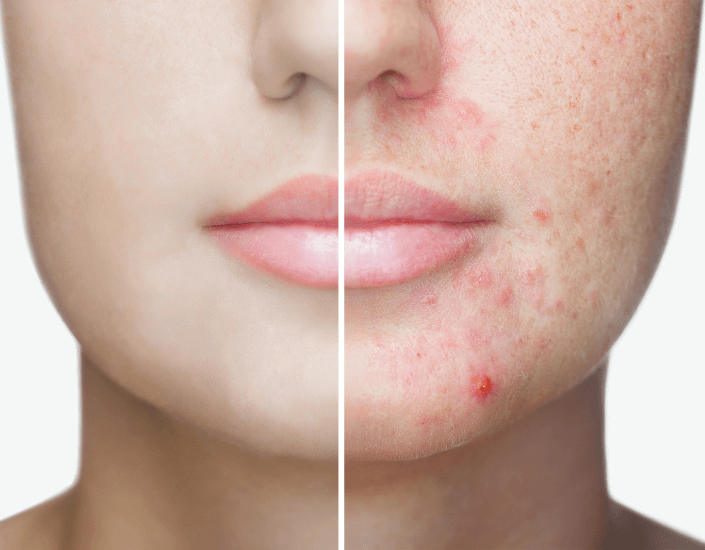
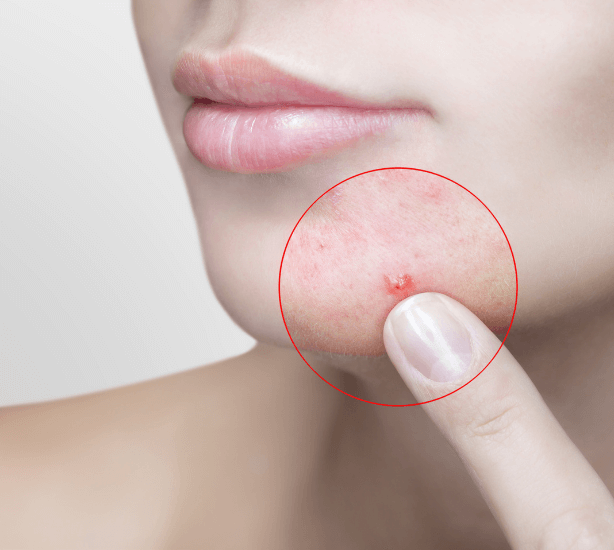
Signs of acne vary depending on the severity of the condition:
Acne usually appears on the face, forehead, chest, upper back, and shoulders.
Melasma is a skin disease, dark spots mainly on the face. Women suffer more, especially pregnant. Only 10% of men suffer from melasma.
The pigmentation of the skin, due to the hyperproduction of melanin, is a defense mechanism to protect itself from free radicals produced by solar radiation. But there are cases in which this pigmentation becomes messy. There is an excess production and an irregular distribution of melanin that leads to the appearance of hyperpigmented spots
Dermatologists use a light, known as Wood’s light, which indicates the type of melasma. The epidermal type is brown in color; the dermal, bluish gray and the mixed one is of a grayish-brown color, a combination of the previous ones.
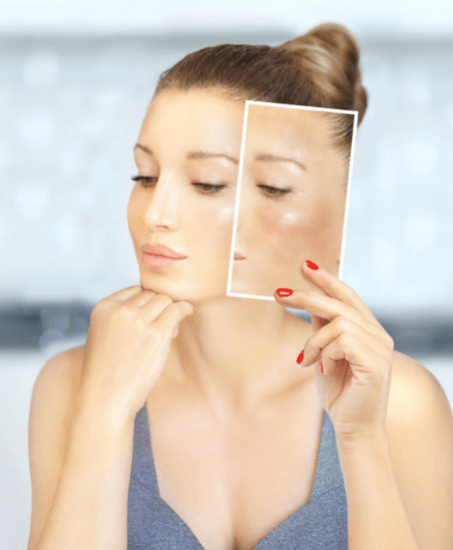
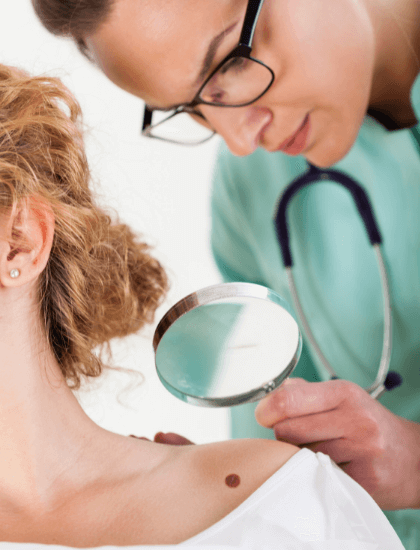
A common mole is a tumor on the skin that forms when pigmented cells (melanocytes) grow in clusters. Most adults have 10 to 40 common moles. These tumors are usually found above the waist in areas exposed to the sun.They are rarely found on the scalp, breasts, or buttocks.
Although common moles are not cancerous, people with more than 50 common moles are at higher risk for melanoma.
You should tell your doctor if you notice any of the following changes in a common mole:
Melanoma is something that can be treated during your adult dermatology appointment. It is a type of skin cancer that begins in melanocytes. It is potentially dangerous because it can invade nearby tissues and spread to other parts of the body, such as the lungs, liver, bones, or brain. The sooner melanoma is found and removed, the greater the chance that treatment will be successful.
Most melanocytes are in the skin, and melanoma can occur on any skin surface. It can result from a common mole or a dysplastic nevus, and it can also form on an area of skin that appears to be normal. In addition, melanoma can occur in the eye, in the digestive system, and in other regions of the body.
